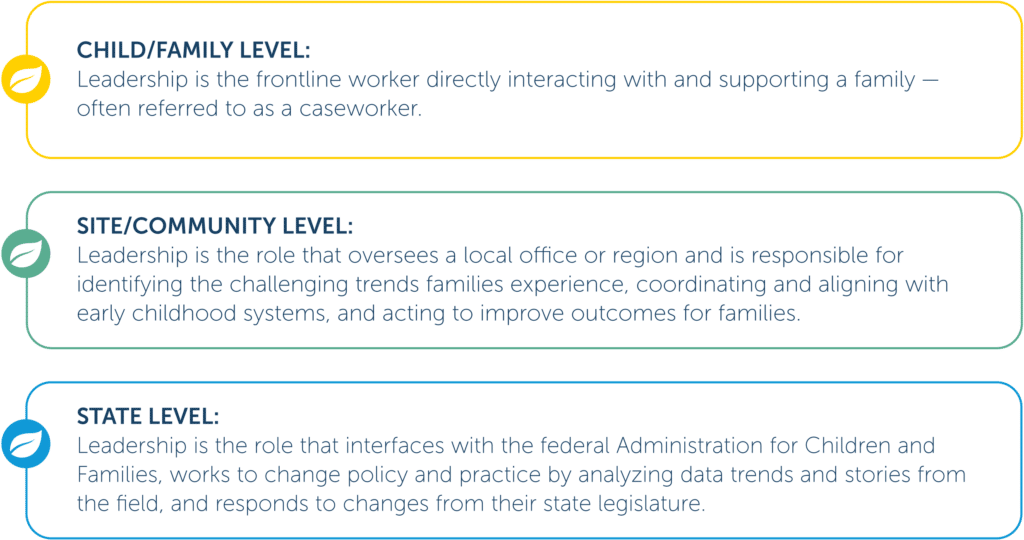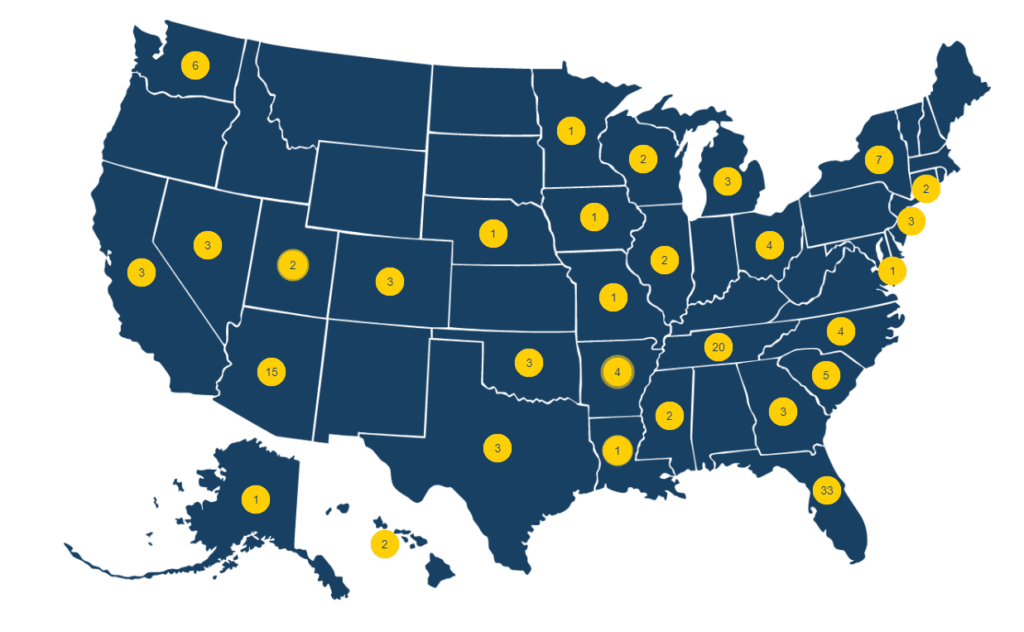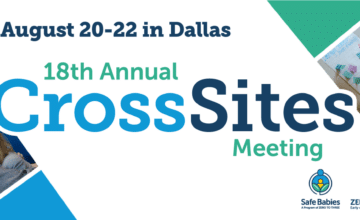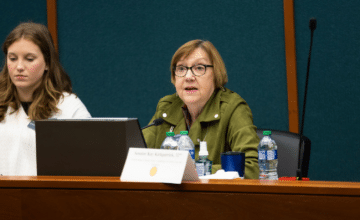
Resource
Safe Babies Approach: Evidence and Impact
The Evidence and Impact handout presents key evaluation outcomes for children 0-3 and their parents supported by the Safe Babies approach.
Details
When systems are not aligned, they fail to provide necessary support, especially during the pivotal early years of a child’s life. The Safe Babies approach recognizes the integral role of child welfare leadership in catalyzing positive transformation and fostering the growth of infants and toddlers.

But we recognize there is variation in the structure and operation of each state’s child welfare system. That’s why our new definitional tool is essential for child welfare staff who are working to drive alignment across supportive family systems.
Their crucial roles include involving parents in the case process, introducing families to the Safe Babies approach, promoting family health and well-being, and striving for continuous quality improvement. These roles are brought to life through practices like championing program access, clarifying the Community Coordinator’s role to families, celebrating parents’ strengths and needs, and securing appropriate referrals to services and supports.
With child welfare, it can be so overwhelming because there is so much work to do. It can be so daunting of a thing. And for me, that means all-hands-on-deck. You can be a leader in any role that you are in. We need your skill and compassion, and perhaps even more so, we need your heart in this work.
Dr. Sufna John, Licensed Psychologist, Associate Professor
Vital roles at this level include collaboratively leading the Safe Babies Active Community Team (ACT), implementing the Safe Babies approach, building community partnerships, advancing system-wide access, and promoting constant quality improvement. Practices such as collaborating closely with the Community Coordinator and judge, partnering with community partners, and communicating effectively about services alignment contribute to success at this level.
The Safe Babies approach does not work without the leadership of child welfare and front-line workers. We must understand the hands-on approach with families and the larger goal, which is broader systems change. Most importantly, when this work is a collaborative effort, we can better support, encourage and understand the families we engage with.
Madison Allen, Community Coordinator
How is incorporating "parent voice" important in child welfare?
Key duties at this level comprise active participation in State Advisory Group meetings, cultivating community partnerships, promoting access across systems, and advocating for ongoing quality improvement. Leaders at this level work with partners, share information about policy and practice, sustain services for families facing disparities, and use data to pinpoint gaps and barriers affecting children and families.

The Safe Babies approach supports the significant role of child welfare leadership in fostering the healthy development of infants and toddlers and enhancing family outcomes. Leaders at various levels play critical roles and practices contributing to the approach’s success.
By advocating for fair access to services, engaging families in the case process, building partnerships and promoting continuous quality improvement, child welfare leadership can be empowered to lead positive change and create a nurturing environment for children and families. The Safe Babies approach can guide child welfare leaders to execute their roles efficiently and leave a lasting positive impact on the lives of infants and toddlers.
See how proactive leadership supported the funding of three new court sites.
This definitional tool describes the role of child welfare leadership in the Safe Babies approach.
These essential functions and related practices and activities are intended to be aspirational yet achievable and implemented with support from Safe Babies.
Leaders can use this tool to engage with partners both locally and statewide to effectively depict and support the work. Recognizing one's role within the work is crucial, and we can empower and reaffirm those unsure of where they see themselves. Being a leader comes in many different forms, and this tool demonstrates that everyone can be a champion and enhance their abilities to serve families more effectively.
Marshalle Manriquez, Statewide Coordinator






|
Join us for the 2025 LEARN Conference in Baltimore this October! Early bird pricing ends July 14.
|